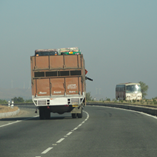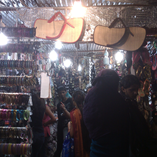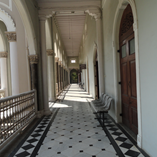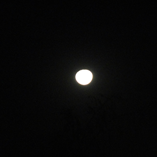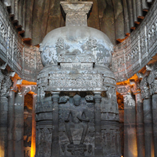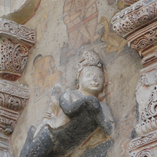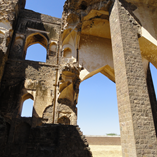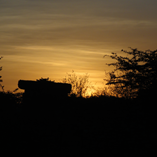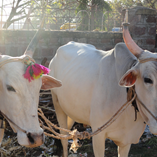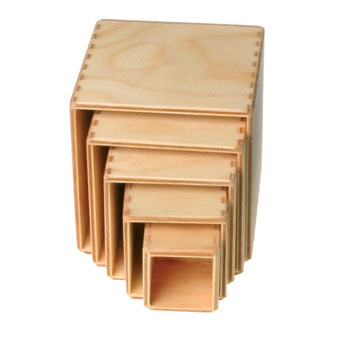Just a short photoblog on a trip which cannot be explained in words which limit one’s sense of experiences. Me and husband travelled across the hinterland of Maharashtra and N.Karnataka during the 26 January week this year and here’s what we learnt and unlearnt
We reached Pune from Bangalore, a total of 850kms in 13 hours flat taking three short breaks. All thanks to NH4, part of the butter smooth quadrilateral road (Quad) which connects Bangalore to Mumbai. Though the scenery is a bit boring (shrubbery for most part), the wind mill farms in the middle near Chitradurga more than make up for it. I didn’t know that a single wing of a windmill is longer than an airplane’s wing! It made me wonder why we don’t use more of wind and solar energy in this vast country of ours.
Amidst work days, we spend the evenings gallivanting across Pune and exploring it’s great street food culture. The thriving energy that one sees in this city is something which I haven’t seen yet anywhere else. The weather’s like Bangalore, the crowd of chattering students bring in a pure brightness to the atmosphere which work-stricken IT crowd can never bring in with all their ‘hobbies’. What I liked best was the street food—Misal Pao, Dabeli and those sumptuous street sandwiches (which also include a chocolate sandwich!), cut fruits aesthetically given to you @ Rs 10 per plate. Street innovations are part and parcel of both Mumbai and Pune and something that make both these cities special. Really loved the Irani chai @ Café Goodluck. Must visit for the mood if nothing else.
We spend a day walking around Shanivar Wada which was miss able and the Kelkar museum–a surprise in its cleanliness and detailed descriptions which I havent seen in many museums in the country. What I also enjoyed is seeing 18-19th century household items in a museum. With so much history, museums in India usually don’t go beyond 17th century (less than 500 years old? Don’t even call it heritage). The most interesting was reading the history of paan making and all the tools (yes, tools) to make them.
A must-visit is the lavish Agha Khan Palace, which is forgotten by even Pune-ites. It’s the last rest place of Mr Gandhi and the place where his wife and his closest aide took their last breath. It made me see how a great man is made by dedication and love of not-so-known loving friends.
Pune has the best hill views too. Take a short drive and you are suddenly beyond the city, though looks like it will change fast as there are huge amounts of real estate projects working their way skywards around the city. One must-visit is the Corianthan Club, a beer brewery and a damn fun place. Met the owner, who works with passion and dedication, a deadly combination.
There’s not much to do in Aurangabad in terms of places or food. It seems to be a bubble, living in the same space for the last 15 years (or more) years. Take a walk around Paithan Gate, Gul Mandi, Aurangpura and Nirala Bazaar if you feel like getting crowded and need a buzz. We were staying at a homestay where the family saw saas-bahu serials in the evening together. The city is more of a stopover for the next ones and definitely worth it.
they made you wonder. How could someone with relatively rudimentary tools, carved out such beautiful and breathtaking sculptures and monasteries out of solid rock? And then plaster them and paint them exquisitely? All done up around 2000 solid years ago. I mean, really? Was I dreaming? The hardwork, the patience and the focus required for it is something that the multitaskting, multi-clicking generation of us cannot even think about. The place was one of the most beautiful heritage sites I have ever seen. If you want actual information on Ajanta, don’t look here, check out Wikipedia. I will be silenced and just say this: if you havent seen it, you should. It’s something that just cannot be missed. Oh, and the weather is always dry and hot so keep the sunscreen, hat and water closeby.
We had seen Ajanta, so what could better it? Ellora was it. Ajanta which is an earlier period, astounds you by the extent of carving and excavating that people at that time did to create these retreats. Ellora on the other hand, from about 600ACE, astounds you by the sheer size and detailing in temples than can be carved out of a mountain. Kailasa, the largest cave in the group of 34 caves (It’s called Cave 16) astounded me by the sheer size first, then the planned temple area (they didn’t just put rock somewhere, but excavated to finish a temple) and finally by the sculptures created in relief all over the temple. Complete Ramayana, Mahabharata episodes, avatars of Vishnu. Most of all, Shiva in iconography which I hadn’t seen much – killing Mahashisura, Kalabhairava in his wasting away to a skeleton when he’s dancing to destroy, Shiva and Parvati playing dice, getting married. The iconography was more sensual, more in your face than the apologetic ones we see at present. I have already been inspired by what I saw and am doing a comic series on Shiva with a friend!
Cave 29 was again huge and is a must to see the sculptures which have been cut beautifully. In Cave 12, which is an earlier Buddhist temple and has three levels of building excavated into the hill side, we found a group of Buddhist monks from China performing puja in a hall with carved Buddhas. I wonder what made Buddhism end in this country. We even managed a video.
Daulatabad
And while you are visiting Ellora, don’t miss Daulatabad Fort. The fort itself is a marvel, since it was the unconquerable fort and named Daulatabad after the hoard of treasure it had lying somewhere inside. I feel the fort was made by someone who was on the brink (or maybe beyond) of paranoia of an attack from an enemy. Three levels of walls, big iron gates, two walls with dry and water moats – dug about 50 feet below! And if you get past all of that, you get into the Bhool Bhulaiyan, a thin passage which leads inside the fort, made of lightless corridors, meant to confuse the enemy and kill one another. We entered the darkness of the bhool bhulaiyan with a guide (and his reassuring mashaal). I had my hat firmly on my head as I could hear the bats chirping right above me, irritated at the glow of light inside their lair. That’s all that I might have been in danger of. As for the enemies in Medieval times, if they managed to save yourself from seeming exits which go straight into the water moat (with poisonous snakes and hungry crocodiles) you will be attacked by hidden soldiers, get boiling oil poured over you, or even die in the darkness suffocated by poisonous smoke. Sheesh! These guys were ruthless!
A long winding climb of 450 stairs takes you to a scenic view of the whole fort outer walls which cover the small town around the fort.
Our next stop was Bijapur. The roads we took, NH 211, NH 13, were both bad. Averaged 70kmph, saved ourselves from the potholes and dreamt of NH4. Nothing much to see in the dry, dusty city. The weather was oppressing and already had started to miss Bangalore’s soothing winds and filter coffee. Gol Gumbaz, the largest dome in the world without any supports looked more like an ego construction for a man who was living. It took 30 years to complete and was made by the king himself to be buried in it. It reminded me of the saying: the bigger the tomb, the smaller the XX. Later on got to know that the dome was built by the money he got after he pillaged and destroyed the kingdom of Vijaywara and its amazing cultural heritage. Yup, that’s a king all right. Ibrahim Roza, the symmetrical tomb of another king from the same dynasty atleast looked inspired. It’s symmetry is quite a site.
Bad roads all the way till here. Max average was 60. Potholes in the last 20kms. Walked for three hours around Badami. After the marvels in Ellora, the four cave temples (which are the first Vedic cave temples, as per the ASI board) were a bit of a let down. The sandstone caves are a different effect though. The swirling hypnotic lines of ochre, red, yellow, while and black, which make you slightly blurry but also bring the sculptures alive. Loved the walk from the lake upwards to the Shiva temples. Beware of the monkeys there though, they pounce at anything in your hand, thinking of a camera as biscuits. It was 26th January so saw the tiranga displayed everywhere—at Bijapur Gol Gumbaz as well as the Badami fort bastion.
Last leg of our trip were these two sites around Badami. Aihole is an experiment in temple making where you can find anythnig from symmetry to asymmetrical temples, square, round, pentagon, you imagine it and chances are the architectures there have build it. It was fun to see how someone is given an empty canvas (empty space and lots of rocks in this case) to get creative and figure out the best way to make temples. Which someone did do with Paddatakal which is a world heritage site and beautifully maintained by ASI. Kudos to them, it was a pleasure walk all though. Don’t miss Ravanaphadi @ Aihole though. This excavated cave surprised us with the most beautiful sculpture of Shiva I have ever set my eyes on. It’s the mast of my blog, by the way.
From Badami it was with a sigh of relief that we came back to NH4’s butter smoothness. A beautiful trip and an uneventful travel back home. Sleep and lots of new memories as keeps. Oh and one record? The two of us travelled 2800 kms and didn’t put on music even ones in the car. Opinionated or argumentative, you decide.

